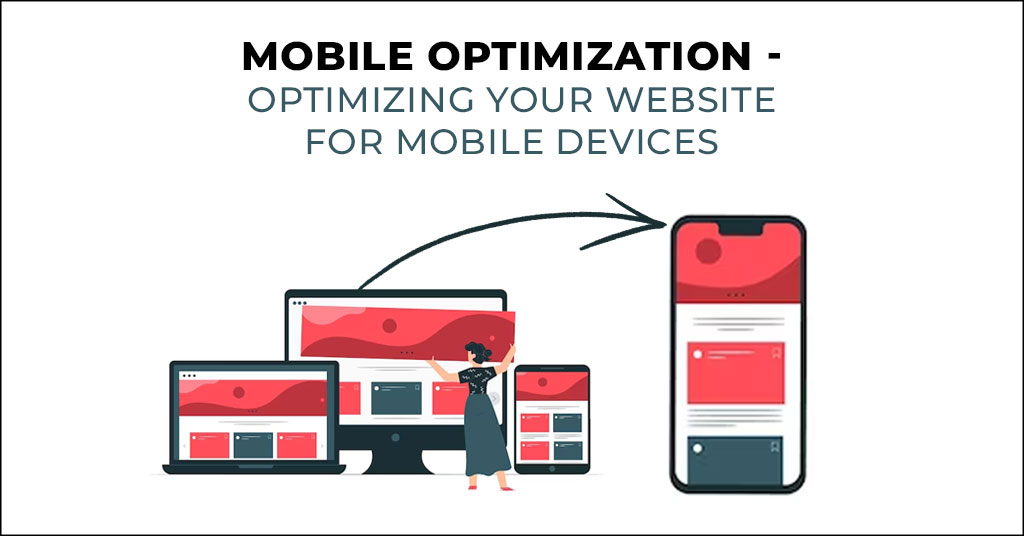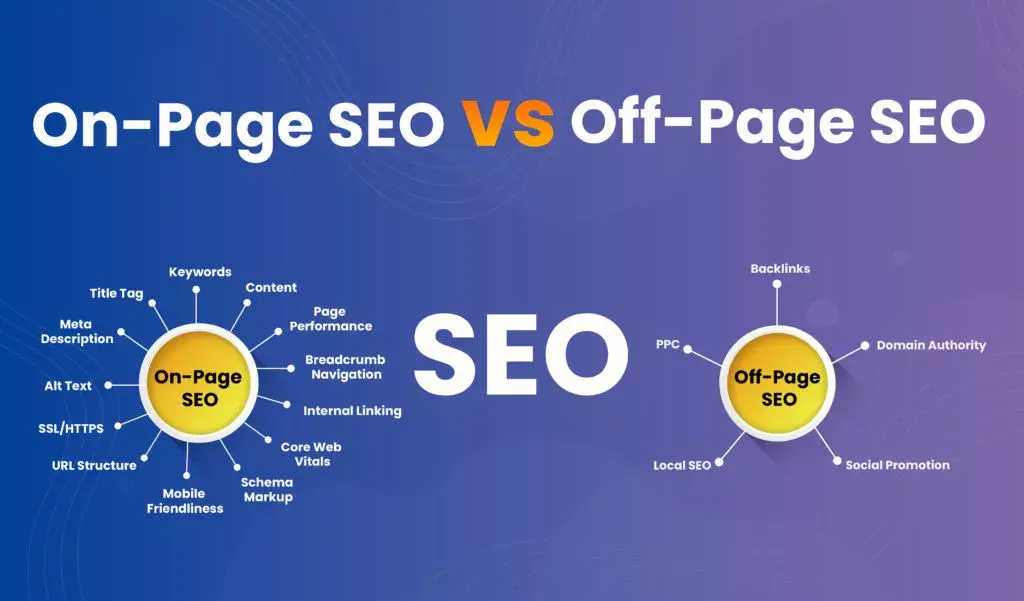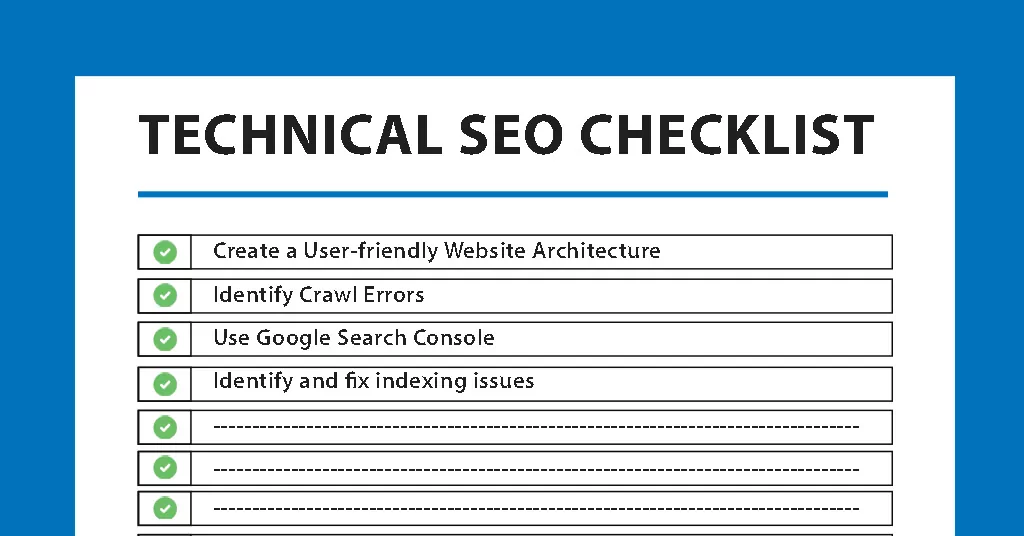Mastering The Mobile SEO Optimization in 2024
Table of contents

In the shape of your palm is placed a formidable gateway – the smartphone. It’s the access to information, community, and trade and increasingly, the portal for web searching. This seismic shift demands a new focus in SEO: mobile optimization. By 2024, the micro-moment on mobile devices has become mandatory to master.
Mobile Is More Important Than It Ever Has Been
- Mobile dominance: More than sixty percent of all internet searches today are done via mobile. This trend is getting faster, and mobile optimization should not just be important but vital.
- Local dominance: The active searchers of their mobile devices need more local businesses, services, and products. Local search optimization guarantees that you will appear when your customers need you the most.
- Micro-moments reign supreme: In contrast, mobile users are more likely than traditional desktop internet users to research, compare, and purchase products in real time because of immediate needs or desires. Your mobile site needs to be fast, optimized for user experience, and ready to convert in seconds.
SEO Mobile Optimization: Importance, Methods
It is hard to imagine our life without mobile devices nowadays. We communicate in them, stop using them, explore in them, and learn from and through them. There will be approximately 3.8 billion smartphone users globally in 2021; this number is likely to increase to about 4.74 billion by 2024.
What does this mean for your online presence? It simply implies that it has to be mobile-friendly or you will lose traffic, conversions, and revenue. As per Jacksonville SEO experts, Mobile optimization is not an option for any business that wants to be successful online; it has become a requirement.
What is Mobile Optimization?

Mobile optimization is a process where the designers and developers make sure that your website responds well on mobile devices. As per Jacksonville SEO Company, it involves aspects such as:
- Responsive design: This includes responsive layouts, images, and font sizes that are based on the screen size and orientation of any device engaging with your website. Responsive design means that your website is optimized for all types of devices, whether a smartphone, tablet, laptop, or desktop.
- Speed: Slow download times make mobile users less patient. As stated by Google, approximately 53 percent of mobile users abandon a site if it takes more than three seconds to load. To ensure that your website loads quickly, you should apply various techniques like minifying code, compressing images, caching resources, and the use of the content delivery network (CDN).
- User interface: The behavior of mobile users differs from that of desktop users towards your site. Touch gestures, such as tapping, swiping, and pinching are used in their places of clicking and scrolling. They also have limited screen estate and are likely to be interrupted or distracted. If you want to improve your user interface, use: clear navigation, large buttons, big fonts, and prominent call to action.
- Content: The needs and preferences of mobile users are distinct from those of desktop users. They may require immediate responses, local details, or directed activities. The best way to optimize your content is by using strategies such as prioritizing crucial details, cutting shorter paragraphs and bullet points, including images & videos, and formulating mobile-friendly headlines and meta descriptions.
Mobile optimization in SEO is essential because:
Mobile optimization is important for both the UX and SEO factors. SEO is the process of improving your site’s visibility and relevance to search engines by being on top for free listings. Mobile optimization can help you improve your SEO in several ways:
- It helps you avoid penalties: The first penalty update released by Google is about websites that are not mobile-friendly. For instance, in 2015 the Mobilegeddon algorithm left sites with low loading speed or lacking responsive design without any value. In 2021, Core Web Vitals – a new metric that accounts for the speed and interactiveness of mobile web pages through three perspectives.
- It helps you increase engagement and conversions: Mobile usability will also make you attract more visitors to your site and keep them there for a longer period of time. According to Google’s claims, the chance of making money from a mobile-adapted website is 27% more than in an ordinary site. Mobile optimization can even help conversion if it assists some of the activities on your website like a generation form or purchasing products.
- The process of mobile optimization should not be perceived as a solitary event but rather an ongoing cycle that requires continuous reorganization and upgrading. Here are some steps you can take to optimize your website for mobile devices:
- Use Google’s tools: Google provides several tools that allow you to monitor and enhance the mobile performance of your site. For instance, using the Mobile-Friendly Test tool can allow you to check whether your website meets Google’s mobile-friendly standards. However, you can also use it to determine how quickly your website is loaded and what else should be done. The other method is to check mobile search performance through the Search Console and find out the errors or technical problems.
- Follow best practices: A number of recommended practices can be implemented to ensure that your site is compatible with mobile devices. For instance, Pop-ups or interstitials that disrupt the process of content and lessen user experience should be eliminated. Do not also use Adobe Flash or other technologies that are unfit for most mobile browser devices. It is also important for you to implement HTTPS as a security and trust element.
- Test and optimize: Tools such as Google Analytics or Hotjar can help eliminate, issues on your mobile site before engaging in the process of optimizing it by analyzing how people interact with it. Alternatively, you can conduct experiments with either Optimizely or VWO to compare various versions of your site for improved results.
The Mobile SEO Checklist: Optimizing for Micro-Moments

Instead, mobile optimization should not be a universal solution. It is rather a more integrated approach that has to be applied in consciousness and user-centered mentality. These are some key areas to focus on:
- Technical expertise:
- Speed is king: Mobile users are notoriously impatient. Since Google has a strong preference for sites that load quickly on mobile devices, this means you should use optimized images with caching technologies and minimize the number of extraneous files.
- Responsive design is a must: This would mean that your site should be mobile-friendly and adjust to any screen size or device ensuring optimal user experience right there on smartphones, tablets, or even laptops.
- Technical SEO hygiene: Take care of their indexing and mobile-friendly sitemaps as well as structured data so that the search engines can understand your content better.
- Content Tailored for Thumbs:
- Readability matters: Drop off heavy lingo and long-winded prose. It is essential that content should be concise, scannable, and tailor-made for mobile devices.
- Visual storytelling: Images, infographics, and even some brief videos can level out your text and instantly capture the attention of mobile users.
- Local relevance: Local searchers should be attracted through location-based keywords for content and metadata optimization.
- A UX Symphony:
- Intuitive navigation: Make menus short and touchable. Access to vital information and features should be easily accessible.
- Frictionless forms: Let users avoid long registration processes and complicated shopping experiences. Optimize for one-handed usability.
- Thumb-friendly buttons: Ensuring that call-to-actions are visible and big enough also requires them to be in a convenient position for tapping.
- SEO Tools for the Mobile Mastermind:
- Mobile-first indexing: Google mostly indexes the mobile forms of websites. Tools like the Google Search Console facilitate tracking of your mobile indexing status and identification of issues.
- Page speed insights: Tools like Google PageSpeed Insights help you evaluate the time it takes for your mobile site to load and suggest easy-to-digest recommendations.
- Mobile keyword research: By applying these two tools – Moz or Ahref- you can find out mobile exclusive keyword trends as well discover the user intent behind a search done on this platform.
Embracing the Mobile Future

Mobile SEO is not a technical list but an ideological transformation. But it’s about recognizing the micro-moments of mobile users and developing content around what they want or need at any given moment. If your content is created with a focus on speed, user-friendliness, and local importance for mobile users world of 2024 and beyond will be yours.
- Mobile optimization is a continuous process of monitoring, testing, and restructuring that is never completed.
- Know the latest developments in mobile SEO. The environment continues to evolve and staying ahead is essential.
- Don’t neglect desktop optimization! However, despite the scene being dominated by mobile; an all-round view is still crucial for creating uniformity of user experience on various devices.
Be flexible and targeted to the mobile trend, that is within micro-moments. Here is your audience waiting for just that, the touch on their smartphones as they already live in this mobile world to hook up with your brand.
Conclusion
As per Jacksonville SEO agency, A critical part of SEO is mobile compatibility which allows you to gain more prospects and build your business on the web. This piece provides actionable steps and tips that you can implement to enhance the mobile-friendliness of your website thus achieving better user engagement, which ultimately increases ranking scores, traffic as well as conversions.






